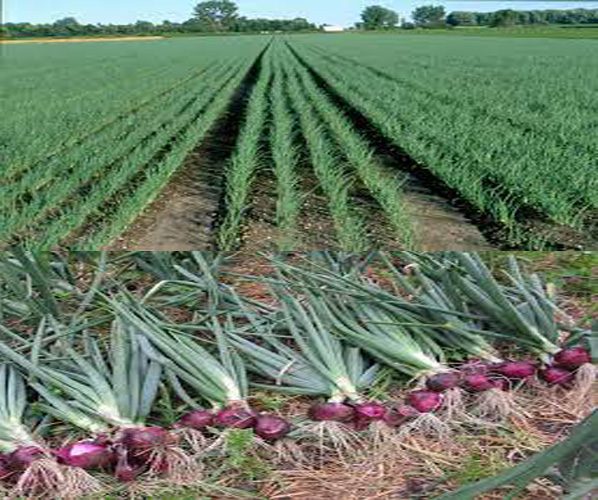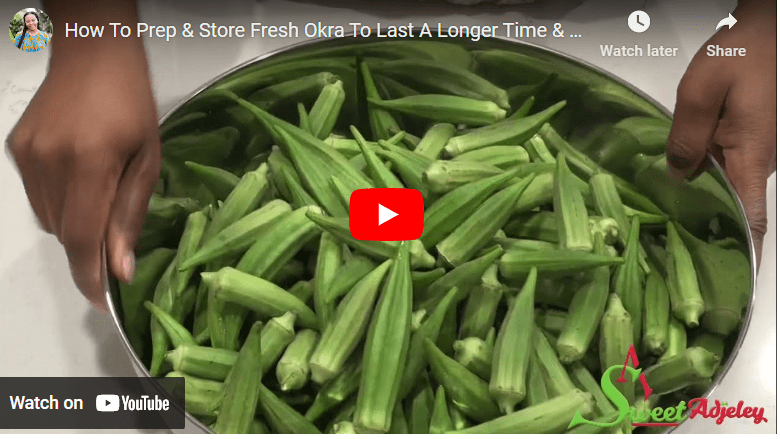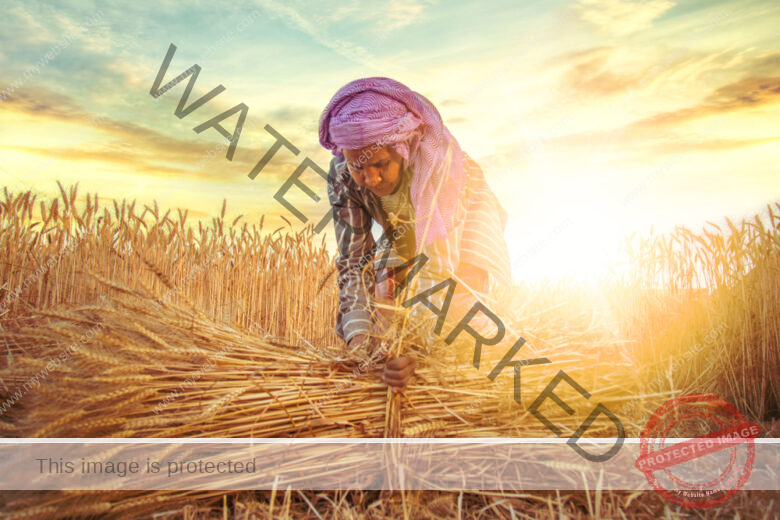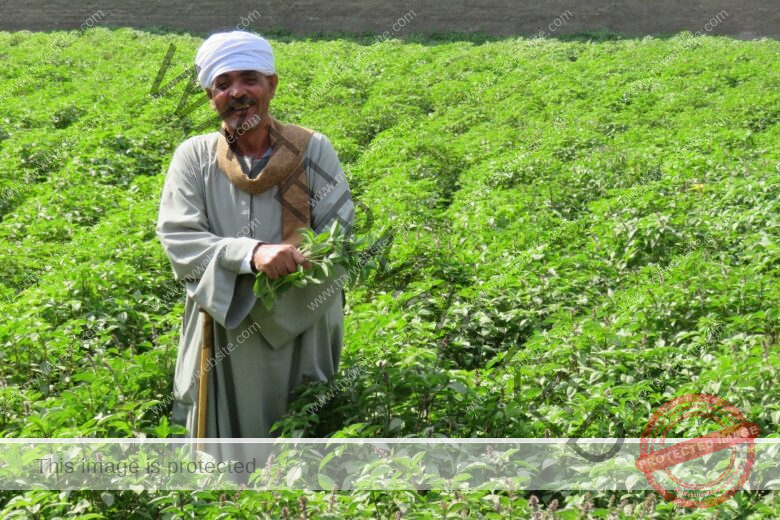Cotton farming is solely for business purposes, unlike other plant farming. So, if you are reading this informative content, it means you are seeking knowledge on how to start cotton farming in Nigeria.
The steps to start cotton farming in Nigeria include knowledge about cotton farming, the source for funding, getting land, seed acquisition, preparation of land, planting, cotton farm management, and harvesting.
Cotton farming used to be a pride venture in Nigeria but since the discovery of crude oil, the interest in crop farming just like in most types of farming dropped drastically in Nigeria.
So, if you are interested to profit from this venture, continue to read this material and ensure you read to the end to learn all the steps involved in cotton farming in Nigeria.
How To Start Cotton Farming in Nigeria
Step 1 – Knowledge About Cotton Farming
Knowledge is key in this business. You have to learn all the information and step-by-step processes involved in cotton farming. reading this informative content is also a step in the right direction.
You can also go online to read other content, YouTube is also a viable option as well
Step 2 – Source for Funding
cotton farming requires capital because you need money to buy all the resources and tools needed for farming. so, ensure you get funding if you don’t have it by getting a loan from a bank or financial service. Likewise, you can get a soft loan from friends and family, or apply for business grants.
Step 3 – Get a Land
You have to select farmland where the ideal cotton planting will take place. Interestingly, you don’t need very fertile farmland to grow cotton because it is a very tolerant crop that thrives in less-than-ideal soil conditions.
The farmland should have silt-loam soil considered to be the best for cotton farming, and the PH of the soil should be 5.5.
Step 4 – Seed Acquisition
Your seed quality will have a direct impact on the quality of your harvest. If you don’t already have cotton seeds, you need to purchase cotton seedlings. Contact a reliable source or agriculture ministry to get quality cotton seeds for farming.
Before planting, you should determine whether the seeds you purchase are viable for planting.
Step 5 – Preparation of Land
The farmland needs to be cleared of all weeds and unwanted vegetation. To make the soil suitable for farming, the land needs to be tilled, harrowed, and leveled. After that, you must create ridges in which cotton seeds will be planted.
Step 6 – Planting
After land preparation is completed, it is time to plant the cotton seeds. plant 3 seeds should per hole at 1 inch deep. Give a 4-inch spacing between plants/holes because plants grow up to a meter tall. However narrower ridges can be used with proper space management.
Step 7 – Cotton Farm Management
Cotton farm management that ought to be carried out includes:
Pest and Disease Control
Give the plant the care it needs after planting. Weevils and other insects like them can damage cotton because the yield of your crop may be impacted by these pests. To keep these pests away, you can spray pesticides.
Weeding
Additionally, you should weed the farmland at least twice every two months. To ensure the quality of your cotton yield, weeding must be done by hand and without the use of chemicals.
Watering
Cotton seedlings require water to grow. That is why it thrives in an area with good rainfall. During the dry season, you can water manually or through the irrigation system.
Fertilizer Application
You can add fertilizer to the soil if you observe the plants are not growing well.
Step 8 – Harvesting
Once all of the plant balls have opened, cotton is ready to be harvested. The cotton fiber is allowed to dry, after which the cotton is picked and gathered into bales after being harvested along with the seed. It is then delivered to the cotton ginnery for separation.
Varieties Of Cotton In Nigeria
There are several varieties of cotton that can be grown in Nigeria, including:
Deltapine 16 (DP 16)
Deltapine 15 (DP 15)
Deltapine 12 (DP 12)
Deltapine 09 (DP 09)
How Much Is Cotton Sold In Nigeria?
The price of cotton in Nigeria varies depending on the location and market demand. As of the time of this writing, cotton is sold for about N1200 to N2500 per kilogram.
Best Agronomic Practices To Engage In Growing Cotton In Nigeria
To grow cotton successfully in Nigeria, here are some best agronomic practices to consider:
- Site Selection: Choose a location with good soil fertility, good drainage, and adequate water supply.
- Land Preparation: Clear the land and remove all debris. Prepare the soil by plowing, harrowing, and leveling the field.
- Seed Selection: Use high-quality cotton seeds that are adapted to local conditions.
- Planting: Plant the seeds in rows, ensuring a proper plant population per unit area.
- Fertilization: Apply fertilizers according to the soil test recommendation.
- Irrigation: Water the cotton regularly to ensure proper growth and development.
- Weed Control: Control weeds by hand weeding or by using herbicides.
- Pest Control: Monitor for pests and diseases and apply appropriate control measures.
Projected Profit Of Cotton In Nigeria
The projected profit of cotton in Nigeria varies depending on several factors such as the scale of the farm, the cost of production, the market demand, and the prevailing price of cotton. However, a well-managed cotton farm can yield substantial profits.
Common Diseases And Pests Of Cotton
Common diseases of cotton in Nigeria include:
- Verticillium wilt
- Fusarium wilt
- Anthracnose
- Bacterial blight
- Alternaria leaf spot
Common Pests Of Cotton In Nigeria Include:
- Cotton bollworm
- Armyworm
- Aphids
- Whiteflies
To control diseases and pests, the following treatment options can be employed:
- Crop rotation: Practice crop rotation to reduce soil-borne diseases.
- Sanitation: Clean the farm and destroy all plant residues.
- Chemical control: Apply appropriate pesticides as recommended by agricultural extension agents.
Different Propagation Methods Of Cotton
Cotton can be propagated through seeds or vegetatively. However, the most common propagation method is through seeds.
Seed propagation involves sowing cotton seeds in the field or in seedbeds and allowing them to germinate and grow into mature plants.
How Profitable Is Cotton Farming In Nigeria?
Cotton farming is a lucrative business that offers a lot of profit if the harvest is ripe. The venture is considered the largest non-food farming in the world including Nigeria and the demand is high because of its usage for different product manufacturing.
How Long Does It Take To Grow Cotton In Nigeria?
It takes 140 to 180 days for cotton to grow in Nigeria. however, the weather and quality of soil are great determinants.
Which State Is The Largest Producer Of Cotton In Nigeria?
Nigeria’s largest cotton-producing state in Katsina.
How Much Does It Cost To Grow One Acre Of Cotton?
It will cost you between 500,000 to grow an acre of cotton.
How Much Is A Ton Of Cotton In Nigeria?
A ton of cotton in Nigeria ranges from 200,000 Naira to 300,000 Naira.
What Is The Most Profitable Crop In Nigeria?
The most profitable crop in Nigeria includes Rice Farming. Nigeria has one of the world’s highest rice and beans farming.
How Profitable Is Cotton Farming?
Cotton farming is profitable and it is considered the most widely grown and lucrative non-food crop worldwide.
How Much Does A Cotton Farmer Make?
A cotton farmer can make up to 200,000 Naira per hectare of land.
How Do I Start A Cotton Farm?
If you want to start a cotton farm, you have to get land where you will plant your cotton seeds. Acquire the seed, and prepare the land for planting. after that, seeds should be planted adhering to spacing, and then cotton farm management to ensure yield is high. Once the cotton is fully grown, harvesting should be done.
Where Is Cotton Best Grown?
Cotton is best grown in warm climates.
Does Nigeria Import Cotton?
Nigeria imports cotton despite being a country that can produce her cotton. China, South Korea, Italy, United Arab Emirates, and the United States are the major exporters of cotton to Nigeria.
How Many States Produce Cotton In Nigeria?
The areas where cotton is grown in Nigeria include Kano, Kaduna, Oyo, Ondo, Kwara, Katsina, Jigawa, Ogun, Kebbi, Sokoto, and Zamfara.
How Many Bales Of Cotton Make An Acre?
You can get about 4 bales and 5 bales of cotton per acre.
How Long Does Cotton Take To Grow?
Cotton can grow between 150–180 days depending on the climate and soil which can vary greatly from region to region, and so do the production methods.
What Is The Most Profitable Crop?
Maize, corn, wheat, and soybeans are the most profitable crop.
How Much Does It Cost To Start A Cotton Farm?
The cost of starting a cotton farm varies depending on the size of the cotton farm you intend to establish. On average, the cost to start a cotton farm is 500,000 Naira and higher.
How Much Does 1 Ton Of Cotton Cost?
1 ton of cotton costs between 200,000 Naira and 300,000 Naira. However, the price can change depending on the quality and the farmer’s selling.
Why Do Cotton Farmers Remain Poor?
Cotton farmers remain poor because most of them are dependent on middlemen or ginners who frequently pay less than the cost of production for their cotton due to high rates of illiteracy and small landholdings. As a result, many cotton farmers live below the poverty line.
Cotton Farming in Nigeria PDF
Cotton farming in Nigeria PDF is a complete material that contains all the step-by-step information about cotton farming in Nigeria. the guide is designed to help beginners and experts establish and run a successful cotton farm in Nigeria. The information includes modern technologies adapted to modern cotton farming.
Where Is Cotton Grown In Nigeria?
Cotton is grown in the northern and southern regions of Nigeria typically in Kano, Kaduna, Oyo, Ondo, Kwara, Katsina, Jigawa, Ogun, Kebbi, Sokoto & Zamfara states.
How To Sell Cotton In Nigeria
Cotton is usually sold from the farm where ginners come to purchase from the farmers and take it for separation and processing.
How To Plant Cotton In Nigeria
To plant cotton in Nigeria, you have to get suitable land, especially where there is adequate rainfall. The land should be cleared and thoroughly prepared for farming with farm beds made on the land.
Then the seedlings should be planted with 3-seeds poured into each hole and covered with soil. Watering should be done daily, especially during the dry season. Weeding and pest control should also be done.
Rubber Production in Nigeria
Rubber is one of the agricultural products (cash crop) famous in Nigeria, and West Africa. The major rubber-producing states in Nigeria are Ondo, Edo, Ogun, Delta (Sapele), and Cross River state, although it is also grown in Abia, Anambra, Akwa Ibom, Rivers, Ebonyi, and Bayelsa.
It is currently extracted primarily from the Para rubber tree in the form of latex and other products. The milky sticky secretion of the rubber tree is obtained as latex, which can be harvested safely by tapping the rubber tree.
Because rubber solidifies when exposed to air, thin layers of the tree’s bark are cut downwardly through the latex vessels where the rubber flows from to the tree trunk in a half spiral, allowing the latex to flow freely to a collecting cup.
This is usually done in the early morning or late at night before the temperature rises to allow the latex to drip longer before coagulating.
The coagulated lumps in the collection cup are dried and packaged for sale. If handled carefully, the rubber tree can produce rubber continuously for more than four years and can only be used as lumber when it stops producing latex.
History of cotton in Nigeria
Cotton has traditionally been a major cash crop in Nigeria. Cotton production in the country has been in existence since 1903, with the British Cotton Growers Association leading the way until 1974.
Before the oil boom in Nigeria, cotton was one of the major cash crops exported to other countries, but due to government negligence, cotton cultivation and exportation declined significantly.
There are recent fears that cotton will become extinct if proper and adequate measures are not implemented because what was previously produced from cotton is now primarily imported, which not only affects the agricultural aspect of the country but also discourages farmers as their hopes of livelihood tend to fade.
However, the government is attempting to resuscitate cotton seed production and, in this regard, has advised farmers on the importance of using quality cotton seeds, adequate input, and other pertinent information to achieve a better outcome.
Cotton is currently grown in the Savannah belts of Nigeria, specifically Kano, Kaduna, Oyo, Ondo, Kwara, Katsina, Jigawa, Ogun, Kebbi, Sokoto, and Zamfara.
Cotton Processing in Nigeria
Cotton is not what it used to be in Nigeria compared to the era before the discovery of crude oil. Presently, cotton processing is not ongoing in the country and the level of cotton farming is low compared to most countries.
Nonetheless, the government is trying to revive cotton production and processing in Nigeria to further boost the nation’s economy as well as boost agricultural activities in the country.
Is Cotton Farming Profitable?
Cotton farming is profitable and there is a tendency of earning a 25% to 35% return on investment. More so, there is a projection of the cost of cotton per acre to increase.




